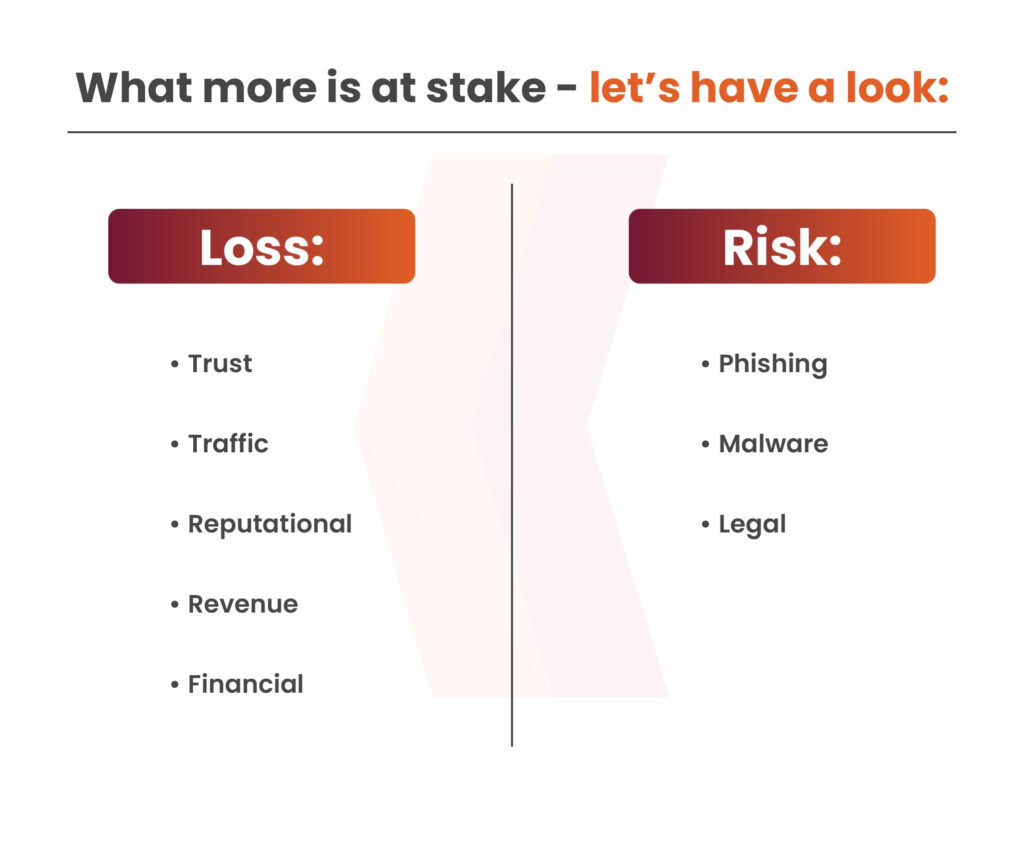In today’s digital world, online visibility is crucial for business success. SEO Poisoning has emerged as a harmful attack method in the hands of threat actors. It exploits the very system designed to connect businesses with their customers – ‘search engines’. The constant attack on the healthcare and public health sector in the USA has made SEO Poisoning a growing concern among industries worldwide. For organizations, falling victim to SEO Poisoning can result in compromised security, lost revenue, and damaged reputations. As attackers manipulate search results to redirect unsuspecting users to malicious sites, understanding how SEO Poisoning works and ways to defend against it is critical in safeguarding both business operations and customer trust. Let’s dive into the impact of SEO Poisoning and how organizations can protect themselves from this growing threat.
What is SEO Poisoning?
Search Engine Optimization (SEO) makes a website rank higher in search engine result pages (SERP). It helps increase traffic and drive more sales and leads. SEO-Poisoning is a way where threat actors lure users to click on malicious sites or download malware. This helps the hackers gain initial access. They do it by manipulating the search engine algorithms to make the fraudulent websites appear on the top of the SERP. Another important fact of SEO-Poisoning is that the fake sites are designed in a way that makes it difficult to differentiate from the original one. The stolen data are then sold to other threat actors like RaaS affiliates, RaaS developers, and many more. Through users, hackers can also get hold of sensitive information about the organization or install malware in their assets and applications through the victim’s credentials.
How Does SEO Poisoning Work?
Step 1 – Research
Hackers look for trending services that can attract a large number of people or organizations that are inclined towards customer services like banks, insurance, credit card companies, hospitals, etc.
Step 2 – Website Building
Threat actors now create a fake website containing malware similar to the original website.
Step 3 – SEO
Hackers then use SEO tricks to rank their websites at the top in SERP.
Step 4 – Poisoning
When users search for a particular website, the malicious site appears at the top of the search results, thus, attracting users to click on the same. Hackers can get access to any organization’s network by infecting the user’s system with malware.
Step 5 – Extortion
Finally, hackers use the stolen data to demand ransom or sell it to other threat actors.

Book a Free Consultation with our Cyber Security Experts

Impact of SEO Poisoning on Organizations
Today, organizations are capturing massive leads directly through their websites. Research says that on average a user spends only 10 to 20 seconds on a single web page. Imagine a user trying to visit your organization’s website, only to be redirected to a fake site that looks identical and leads them straight into a web of fraudulent links. The consequences are multiple. It can manipulate the payment gateway systems through the victim’s credentials, increase the risk of phishing, and many more. Most importantly, it affects the trust factor – the one that is the hardest to build.

Trust loss: SEO Poisoning affects the organization’s online presence. As because users become hesitant to visit the site in the future.
Traffic loss: In SEO Poisoning malicious links appear in the top search results. The organization’s website, as a result, ranks lower and leads to a decrease in organic traffic.
Reputational loss: Customers may not trust the organization or cease to associate with the company. Thus, damaging the organization’s reputation.
Revenue loss: When organic traffic is diverted to some fraudulent links instead of the actual link, the organization will have less traffic leading to a decrease in sales as a result the revenue gets affected.
Legal Issues: Organizations may face fines and legal penalties if their website is found affecting users through malware or phishing, even if done without intent.
How To Detect SEO Poisoning?
The following tools can help detect SEO Poisoning:
- Endpoint Detection and Response (EDR): EDR tools help stop attacks by tracing the malware entry route and analyzing the user actions. Such tools help monitor user activity.
- Indicators of Compromise (IOC): IOC contains a list of URLs that are deemed suspicious. This list can identify unusual website activity, and unexpected changes in traffic, block malicious websites, and look out for potential threats.
- Digital Risk Monitoring (DRM): Organizations through the DRM tool can detect fake URLs that are similar to legitimate websites.
How Organizations Prevent SEO Poisoning?
Though there are multiple ways to detect SEO Poisoning it is not an easy task to successfully detect the same. Here are a few of the ways organizations with a website application can adopt to prevent SEO Poisoning:
- Educate Users on Security
Organizations need to educate their employees about safe browsing habits, recognizing phishing attempts as well as maintaining good cyber hygiene.
- Protect Your Site with SSL Certificates
SSL certificates make it difficult for hackers to block or alter communication between your web application and visitors. This is because these certificates encrypt the data.
- Add a Web Application Firewall (WAF)
Web Application Firewall ensures only the safe traffic gets through. It protects your website from malicious activity and unauthorized access.
- Strengthen Internal Security
Organizations should regularly update security software, implement web application security testing, and block access to known harmful sites.
- Monitor Your Website and Backlinks
Organizations should religiously scan their website’s content and backlinks for suspicious activity. As because this can help identify malicious activity at the earliest and prevent it.
Organizations should ensure that their website’s core software, plugins, and themes are always up to date. Software updates help fix security flaws as well as protect web applications from threats.
How Kratikal Can Help Protect Your Organization?
SEO Poisoning can adversely affect an organization. It can not only gain the user’s personal information but also gain access to sensitive data of the organization. Prevention always helps when it comes to cyber-attack. To ensure that your web application is free of any vulnerabilities, it is important to regularly conduct VAPT Audit.
Kratikal approach and its multiple testing methodologies can help ensure your website is free from any threats. Another way you can ensure your website security is intact is through AutoSecT. It is a VMDR solution that can scan for vulnerabilities across websites, mobile, cloud, and API as and when required. The tool alerts based on its severity if any vulnerability is detected. You can then patch it at the earliest.
The growing advancement in the nature and scope of attack calls for more resilient cybersecurity practices. Seeing the gravity of attacks like SEO Poisoning, a security test done a year ago is no more a testament that your organizational assets are safe. The testing should be frequent and in detail as there is no head-start when it comes to cyber-attacks.
FAQs
- What are the SEO Poisoning tools used?
Threat actors usually use Malware-as-a-Service (MaaS) tools to obtain initial entry into larger networks. Gootloader helps fraudulent websites rank at the top of the search engine result pages. Solarmarker lures employees working remotely to download harmful PDF files that look legitimate. BATLoader tricks people into visiting fake websites, like message boards which infect their devices with malware.
- What is the goal of SEO Poisoning?
Threat actors use SEO Poisoning to steal sensitive data and install malware to launch more severe attacks. Hackers use fake sites to launch malicious links that are very similar to real websites, thus, it becomes easier to get initial access over a large network.
The post Affect of SEO Poisoning in Organizations and How to Prevent It? appeared first on Kratikal Blogs.
*** This is a Security Bloggers Network syndicated blog from Kratikal Blogs authored by Puja Saikia. Read the original post at:





